In the Central African nation Chad, it is said that 2 children die every hour from pneumonia, a respiratory disease. These deaths, on average, account for tens of thousands of premature deaths each year. In 2022, Chad overtook Bangladesh as the country with the most polluted air in the world. In fact, the air pollutant levels are 17 times higher than the WHO's recommended guidelines for safe breathable air. The level of these harmful pollutants rose 18% from 2021 to 2022. Known to damage not only the lungs but other organs as well, living in areas with high air pollution is (under)estimated to lead to at least 9 million preventable and premature deaths every year.
However, if we are to believe the mainstream media (MSM), the problem isn't the air pollution. It's the bacteria. According to the MSM, the solution for curing the children in Chad, who are dying of respiratory disease, is not the act of cleaning the air. The solution is Gavi's (the Global Vaccine Alliance) free pneumococcal conjugate vaccine (PCV) made by Pfizer, who has a virtual monopoly on the vaccine. This vaccine has yet to reach the children of Chad until the government forks over the necessary money to pay for the vaccine in order to give to the poverty-stricken families for free. It is stated that the unavailability of this vaccine, and others such as the “rotavirus” vaccine for cases of diarrhea, has led to nearly one million child deaths over the last decade. In other words, the pharmaceutically-funded MSM wants us to believe that these children are dying from a lack of vaccines rather than the very real issue of breathing in highly polluted air every single day.
Rising air pollution levels are not a new threat. The deaths related to these dangerous pollutants has been increasing for decades. In fact, in a March 2023 study, it's stated that almost nowhere on Earth is safe from air pollution, and that only 0.18% of the land area and 0.001% of the global population are exposed to WHO safe levels. The MSM floods the media with stories about rising air pollution levels. Deaths attributed to outdoor air pollution are steadily rising, and yet, nothing is seemingly being done to combat this problem.
Arguably, much is being done to continue to exacerbate it. While the threat of the impact of air pollution on our health is very real, the idea that it is due to this pollution that we are seeing numerous cases of respiratory disease is not as sexy as the threat of bacterial and “viral” pathogens. Blaming the imaginary scapegoats allows for the continued selling of pharmaceutical treatments as a “cure,” while kicking the can down the road on solving this very real and tangible threat to our health. Let's examine the negative health impacts that are linked to these rising air pollution levels as well as the various means by which our air is being polluted. Hopefully, this examination will make it clear that the threat of invisible boogeymen should be put on a permanent hiatus in order to resolve the very visible problem we can see up in our skies.
“Air pollution is the single largest environmental health risk in Europe and a major cause of premature death and disease. Latest estimates by the European Environment Agency (EEA) show that fine particulate matter (PM2.5) continues to cause the most substantial health impacts.”
-European Environment Agency
The hazardous health effects of air pollution have been known for a long time. During the 1950s and 1960s, the air and water of American cities were coated in yellow smog and dust. New York City was so polluted, the “killer smog” that it was constantly bathed in could be physically touched. This was said to have contributed to hundreds of premature deaths. According to the National Institute of Environmental Health Science, in an article that was last reviewed in March 2023, it is stated that the health impact of air pollution was acknowledged as a threat to human health in 1970. Air pollution is a threat to respiratory health, causing oxidative damage and inflammation which results in conditions such as cancer, cardiovascular disease, respiratory diseases, diabetes mellitus, obesity, and reproductive, neurological, and immune system disorders:
“When the National Ambient Air Quality Standards were established in 1970, air pollution was regarded primarily as a threat to respiratory health. In 1993, NIEHS researchers published the landmark Six Cities Study, which established an association between fine particulate matter and mortality.
Air pollution exposure is associated with oxidative stress and inflammation in human cells, which may lay a foundation for chronic diseases and cancer. In 2013, the International Agency for Research on Cancer of the World Health Organization (WHO) classified air pollution as a human carcinogen.
Research on air pollution and health effects continually advances. Public health concern now includes cancer, cardiovascular disease, respiratory diseases, diabetes mellitus, obesity, and reproductive, neurological, and immune system disorders.”
https://www.niehs.nih.gov/health/topics/agents/air-pollution/index.cfm
This information was corroborated in a May 2023 article about how air pollution affects our health by the European Environment Agency. In the article, it is stated that both short- and long-term exposure to air pollution can lead to a wide range of diseases, including stroke, chronic obstructive pulmonary disease, trachea, bronchus and lung cancers, aggravated asthma and lower respiratory infections. Even the WHO understands the impact that air pollution has on our health, stating that there are almost no organs in the human body that are not impacted by exposure to these toxins:
What is air pollution and how does it lead to disease in our bodies?
Air pollution is the presence of one or more contaminants in the atmosphere, such as dust, fumes, gas, mist, odour, smoke or vapor, in quantities and duration that can be injurious to human health. The main pathway of exposure from air pollution is through the respiratory tract. Breathing in these pollutants leads to inflammation, oxidative stress, immunosuppression, and mutagenicity in cells throughout our body, impacting the lungs, heart, brain among other organs and ultimately leading to disease.
What organs are impacted by air pollution?
Almost every organ in the body can be impacted by air pollution. Due to their small size, some air pollutants are able to penetrate into the bloodstream via the lungs and circulate throughout the entire body leading to systemic inflammation and carcinogenicity.
What diseases are associated with exposure to air pollution?
Air pollution is a risk for all-cause mortality as well as specific diseases. The specific disease outcomes most strongly linked with exposure to air pollution include stroke, ischaemic heart disease, chronic obstructive pulmonary disease, lung cancer, pneumonia, and cataract (household air pollution only).
There is suggestive evidence also linking air pollution exposure with increased risk for adverse pregnancy outcomes (i.e. low-birth weight, small for gestational age), other cancers, diabetes, cognitive impairment and neurological diseases.
Thus, we can see that these leading health agencies are all well aware of the impact that air pollution has, not only on our respiratory health, but also on our overall health status, as it is associated with cancer as well as cardiovascular, chronic, and autoimmune diseases. There is no reason to blame invisible bacterial or “viral” infections when the real health threat is entirely visible and well known.
“Air quality is a really terrific method to get people on board with the idea that we have to do something that reduces the speed of climate change. It’s a Trojan horse, almost.”
-David Lu, the co-founder of Clarity Movement, a company providing air quality monitoring solutions
This threat has recently landed in the headlines in a major way as many states in the US are noticing the damaging orange and hazy skies brought about by recent Canadian wildfires. While the fires from Canada, California, and even Colorado have contributed to poor air quality in the US over the last few years, what we are seeing currently is unprecedented. Some are eager to blame natural “climate change” for this worsening trend in fires over the past few years, but this is admittedly not the case as the vast majority of these wildfires are said to be started by humans:
Human activity caused the majority of Canadian wildfires sending smoke down the east coast
“The majority of Canadian wildfires burning this spring and impacting US air quality are were caused by humans, experts say.”
During the wildfires seen in California during 2022, at least 96% of the fires were said to be caused by human activity:
“Nearly 96% of U.S. wildfires so far in 2022 have been human-caused, according to a report released Tuesday by the National Interagency Fire Center (NIFC).”
According to the Congressional Research Service, at least 89% of the wildfires seen from 2018-2022 have been human made. During this period, Canada has not been the only country experiencing such activity as wildfires have been a worldwide problem. The United States, South America, Russia, Greece, Italy, France, Germany, Spain, Algeria, South Korea, Austrailia, and Turkey have all been ravaged by these wildfires recently, with smoke blanketing and impacting the air quality around much of the world. With so much of the wildfires being unnatural and entirely caused by humans, the idea that this is due to any sort of “natural” climate change seems rather ludicrous. In fact, one begins to wonder whether or not these fires may be deliberate attempts to pollute the air and create the perception that the climate is changing. While climate change is said not to be the primary cause of these fires, it is claimed that severe droughts associated with climate change are making them worse:
Are the fires caused by climate change?
Each wildfire cannot automatically be linked directly to climate change. The science is complicated and human factors like how we manage land and forests also contribute.
But scientists say that climate change is making weather conditions like heat and drought that lead to wildfires more likely.
Robert Scheller, professor of forestry at North Carolina State University, says: "The climate signal is very strong. We are seeing both a larger area burned, and more severe fires."
Spring in Canada has been much warmer and drier than usual, creating a tinder-dry environment for these vast fires.
https://www.google.com/amp/s/www.bbc.com/news/science-environment-65837040.amp
As stated by the World Economic Forum (WEF), we have seen increasing droughts throughout the last few decades, rising by nearly a third since the year 2000. They report that by the year 2050, 75% of the world could be facing droughts:
Drought frequency and duration has increased by nearly a third globally since 2000, the UN says. The climate crisis is fuelling this according to Drought in Numbers, 2022. It says more than 2.3 billion people around the world are currently facing water stress. Although droughts only represent 15% of natural disasters, they killed 650,000 people between 1970 and 2019. More than 10 million have died due to major drought events over the past 100 years.
The report goes on to say that by 2050, drought could affect more than 75% of the world’s population. As many as 5.7 billion people could live in areas with water shortages for at least one month a year, and more than 215 million people could be displaced from their homes due to drought and other climate change-related factors.”
https://www.weforum.org/agenda/2022/08/drought-water-climate-un/
What could possibly be a factor in the rising heat levels that could be contributing to this surge in droughts? How about artificial clouds that block out the sun and trap in the heat? According to the Vermont Department of Environmental Conservation, the lingering contrails left in the sky forming artificial clouds (often referred to as chemtrails, which I detailed the health and environmental impacts here), actually trap in the heat from the Earth's surface. A study cited by CNN also made the case that aviation’s contribution to “climate change” between 2000 and 2018 had a negative warming effect. It concluded that contrails create 57% of the sector’s warming impact, which means that this was significantly more of an impact than the CO2 emissions from burning fuel. It was stated that these lingering trails create this effect by trapping heat that would otherwise be released into space.
While these trails are seen around the world, in Canada, it appears that a 1985 law, known as the Weather Modification Information Act, makes it legal to actually modify the weather in this manner. According to the law, weather modification is defined as such:
weather modification activity includes any action designed or intended to produce, by physical or chemical means, changes in the composition or dynamics of the atmosphere for the purpose of increasing, decreasing or redistributing precipitation, decreasing or suppressing hail or lightning or dissipating fog or cloud.
All that one must do in order to engage in this type of activity is to inform the administrator, i.e. a member of the public service as may be designated by the Governor in Council, as to what they are doing:
Information
Marginal note:Administrator to be informed
3 (1) Where any person proposes to engage in weather modification activities in Canada, that person shall, in such form and manner as may be prescribed, submit to the Administrator such information as may be prescribed respecting that person and the weather modification activities in which it is proposed to engage.
Marginal note:Idem
(2) Before commencing any weather modification activity, the person proposing to carry out the activity shall inform the Administrator in writing of
(a) the date and time when and the place where the activity is to be carried out;
(b) the names and addresses of the persons by and for whom the activity is to be carried out;
(c) the purpose of the activity;
(d) the equipment, materials and method to be used; and
(e) the geographic area that may be affected.
https://laws-lois.justice.gc.ca/eng/acts/w-5/page-1.html#h-467627
An AFP “Fact Check,” while stating that this practice is used to create rainfall during droughts, admitted that it also allows for the control and manipulation of the weather:
Posts mislead on Canada weather modification law
“Samantha Bayard, a spokeswoman for Environment and Climate Change Canada (ECCC), said the law requires such activity to be reported to the federal government.
"The act covers activities that are specifically intended to reduce the harmful impacts associated with hail, lightning and fog, which are short-term, local or regional weather events," she told AFP in an email.
Such activities include cloud seeding, which is also used in the United States to stimulate rainfall during droughts or to prevent hail damage.
The practice entails releasing salt particles into clouds to mimic the natural process of rain formation. Water molecules surround these particles and create bigger droplets, triggering precipitation.
This technique allows scientists to control where and when rainfall or storms occur.”
https://factcheck.afp.com/doc.afp.com.32LV6M6
This technology was invented in 1946 by chemist Vincent Schafer and has been in use for decades. While it is claimed to be used in order to control hail in Canada as well as to end droughts in other areas, it is easy to see how one could easily do the opposite and create the harmful weather patterns that are trying to be avoided. A February 2020 article looked at the effects of cloud seeding and weather modification programs currently ongoing in Canada and around the world. The researchers claimed that, after decades of not knowing truly whether the practice worked, that they proved that cloud seeding does, in fact, modify the weather. They noted that they saw zigzaging lines, and were very puzzled because nature usually does not produce zigzag lines. These were not natural clouds and were the result of the trails left by the seeding planes. Within the article, a very important downside was exposed with using this technology. It is stated that the rain that would have fallen if they hadn't cloud seeded, say for instance, in Alberta, may keep a farmer in Saskatchewan from getting the rain that he or she might have otherwise received. Thus, the technology can be used to create droughts, whether intended or not:
We've been cloud seeding for decades, but now we finally know it works
“The team of researchers were testing cloud seeding, a technology designed in 1946 by chemist Vincent Schaefer, which involves infusing clouds with particles to turn lightweight water droplets into heavy droplets of rain or snow. Cloud seeding is used as a part of weather modification programs in countries around the world to attempt to do things like steering precipitation to drought-prone areas, or to enhance snowpack on ski hills. In Canada, it's often used to try to lessen the impact of hailstorms.
But the problem is that until now, scientists hadn't come up with a way to prove that cloud seeding actually worked outside of the lab.
"We had difficulties distinguishing what is generated naturally and what is generated by humans," said Friedrich, an associate professor in the Department of Atmospheric and Oceanic Sciences at the University of Colorado Boulder.”
'Nature usually does not produce zigzag lines'
“Over three days in January 2017, the team of researchers tracked three separate cloud seeding events from start to finish. They used the "Doppler on Wheels" ground-based radar system, as well as the University of Wyoming's King Air research plane, which is outfitted with radar and LIDAR systems to peer into atmospheric formations.
The research plane mapped the natural clouds first. Then, another plane flew through those clouds, using a series of flares to inject particles of silver iodide inside.
Immediately the researchers saw something strange in the clouds forming in the sky behind the seeding airplane.
"We suddenly saw these zigzag lines, and we were very puzzled because nature usually does not produce zigzag lines. So in this case we thought, OK these need to be seeding lines," said Friedrich.
Seeing the same developments the second day confirmed their suspicions.
"The second day, we saw these same seeding lines, and on that day we could even see individual flares … and then we were totally hooked," she said.”
Potential Downsides
“Cloud seeding is still a controversial technology for some.
"There are some potential downsides that we don't think about too much," Robert Jackson, Stanford University's Earth Sciences Chair said in a 2017 interview on The Current. "One issue is where the rain would have fallen if you hadn't cloud seeded. Does a cloud seeding event in Alberta keep a farmer in Saskatchewan from getting rain that he or she might have received?"
"So you're extracting moisture from the atmosphere. That's absolutely correct. However, these clouds would not precipitate in the area," said Friedrich. "They can evaporate and maybe they fall down as precipitation over the ocean."
https://www.google.com/amp/s/www.cbc.ca/amp/1.5479347
It is not too far of a stretch to imagine a scenario where cloud seeding, whether intentionally or not, is creating droughts and higher ground level temperatures that are leading to the lingering effects of these unprecedented fires polluting our air. Factor in that the vast majority of these fires are considered to be man-made, it is, once again, not far-fetched to imagine that these two scenarios are working hand-in-hand to keep the air unclean and unhealthy as well as to sell the public on the impact of “climate change.” Regardless of the motives involved, these fires, the trails, and the droughts are a man-made problem that could be corrected in order to clean up the air and bring about better health for everyone. There is absolutely no reason to blame any sort of “natural” climate change and invisible “pathogens” for the resultant negative health effects when there are clear culprits that need to be addressed.
However, these fires and lingering trails left in the sky are not the only sources of air pollution damaging our health and environment. There are multiple ways that our air is being polluted, with the majority of the blame falling on fossil fuels burned by transportation such as cars, buses, and semi-trucks. There is also the problem of industrial smog created from oil refineries, power plants, and other factories. Pollution stemming from agricultural practices as well as leaf burnings and waste management are also contributers at local levels:
Where Does Air Pollution Come From?
“There are four main types of air pollution sources:
Mobile sources – such as cars, buses, planes, trucks, and trains
Trainsstationary sources – such as power plants, oil refineries, industrial facilities, and factories
Area sources – such as agricultural areas, cities, and wood burning fireplaces
Natural sources – such as wind-blown dust, wildfires, and volcanoes
Mobile sources account for more than half of all the air pollution in the United States and the primary mobile source of air pollution is the automobile, according to the Environmental Protection Agency. Stationary sources, like power plants, emit large amounts of pollution from a single location, these are also known as point sources of pollution. Area sources are made up of lots of smaller pollution sources that aren’t a big deal by themselves but when considered as a group can be. Natural sources can sometimes be significant but do not usually create ongoing air pollution problems like the other source types can.”
https://www.nps.gov/subjects/air/sources.htm
Going back to the Chad example from the beginning for a moment, we can see that many of the above factors are contributers to the horrible air quality present there. While indoor air pollution caused by the burning of wood and charcoal for energy is said to be the biggest contributer to health related effects causing an estimated 9,600 premature deaths every year, unregulated outdoor waste burning is also a major factor releasing toxic dioxin and furan fumes into the air. Meanwhile, transportation is responsible for the majority of the damaging particulate matter (PM10 & PM2.5), nitric oxide (NO2) and carbon dioxide (CO2) within the air. While there may not be as much pollution from wildfires as we see here in the West, dust storms originating in Chad are also viewed as a key component to the ill health effects experienced by the population. Other contributers to the poor air quality include the oil, textile, and meatpacking industries as well as pollution from the mining industry and from petroleum extraction:
“The most recent data indicates the country's annual mean concentration of PM2.5 is 66 µg/m3 which exceeds the recommended maximum of 10 µg/m3 [1]. Moreover, due to the composition of waste (plastics, waste tires, and other organic/inorganic materials), and the common practice of unregulated waste burning, waste becomes a source of health impairing emissions such as dioxins and furans. Key transport-related air quality challenges (ex: vehicle growth, old fleet, dirty fuel, poor public transport etc.) are a major source of PM, NO2 and CO.
Wood and charcoal provide 90% of the energy consumed in Chad, though natural gas which consumption is on the rise, growing from 69 metric tons in 1999 to 367 metric tons in 2004. Only 2.2% of households use electricity, with only 12% having access in the capital and 1% in provincial areas, with indoor air pollution causing an estimated 9,600 premature deaths every year [2].
Dust storms originating in Chad are also viewed as a key component of change in some terrestrial and marine ecosystems and as a potentially significant source of pathogens and contaminants (Ila 2006). About half of the 40 million metric tonnes of dust that are swept across the Atlantic from the Sahara to the Amazon each year come from the Bodele Depression in Chad (NASA 2007a).”
“Air pollution from indoor sources is the single largest contributor to the negative health effects of air pollution in Chad. Another cause of the deterioration of air quality in urban centers is the outdoor uncontrolled waste burning, which is a common practice. In general, contributors to poor air quality in Chad include the oil, textile, and meatpacking industries, vehicle emissions, and waste burning [1].
Moreover, in the country, 100% of the installed electricity generating capacity (31,000 KW in 2010) is generated from fossil fuel.
Pollution from the mining industry and petroleum extraction poses a threat to freshwater and its wildlife in the country.
The Bodele Depression, located at the southern edge of the Sahara Desert in north-central Africa, is one of the largest sources of airborne dust in the world. Nested between two mountain ranges in Chad and downwind from a natural wind tunnel, the Bodele Depression provides a steady supply of Saharan dust plumes.”
There really should be no mystery as to why there are, on average, two children dying of pneumonia in Chad every hour. There really should be no mystery as to why we are continuing to see an increase in respiratory disease around the world. Since 2016, we have seen increasing air pollution levels in the US attributed to the decrease in enforcement of the Clean Air Act. This increased air pollution happened to coincide with the 2018 flu season, considered one of the worst in recent history, as well as the emergence of “Covid-19” in January 2020. The places hit the hardest early on in this “pandemic,” such as China, Italy, New York, and India, were areas with the highest and worst air pollution levels. A 2018 review of the evidence acknowledged that air pollution increases the risk of respiratory diseases, such as asthma, respiratory “infections,” and COPD, in children and adults. Thus, there is no need to include unproven bacterial or “viral” causes in order to explain this increase in respiratory disease. All one needs to do is acknowledge the fact that air pollution is a very real threat to our health and well-being that is overlooked in order to combat invisible boogeymen with pharmaceutical poisons. If there is any doubt about this very visible threat over the entirely invisible one, all that one needs to do is look up in the sky.
Two related articles from ViroLIEgy.com help to add more context to this story:
The “Covid-19” and Air Pollution Connection
https://viroliegy.com/2022/01/28/the-covid-19-and-air-pollution-connection/
“Covid” and Chentrails
https://viroliegy.com/2022/04/09/covid-and-chemtrails/
had an interview with Anthony Brink, an early leader in the fight against the HIV/AIDS dogma and the dangerous drug AZT. provided some insight on the vaccine injury claims. had a very informative (pun somewhat intended) interview with Informed Parent founder Megda Taylor.https://odysee.com/@David_Parker_and_Dawn_Lester:5/Magda-Taylor-interview:a
Dawn also just released a very timely article looking at the climate change narrative.
Dr. Tom Cowan and Steve Falconer provided an entertaining conversation on Tom's new biology curriculum and what disease truly is.
https://www.bitchute.com/video/sBX8lMrpOEWe/
had a very enlightening video on the benefits of quitting shampoo, something I have done for the most part as well.



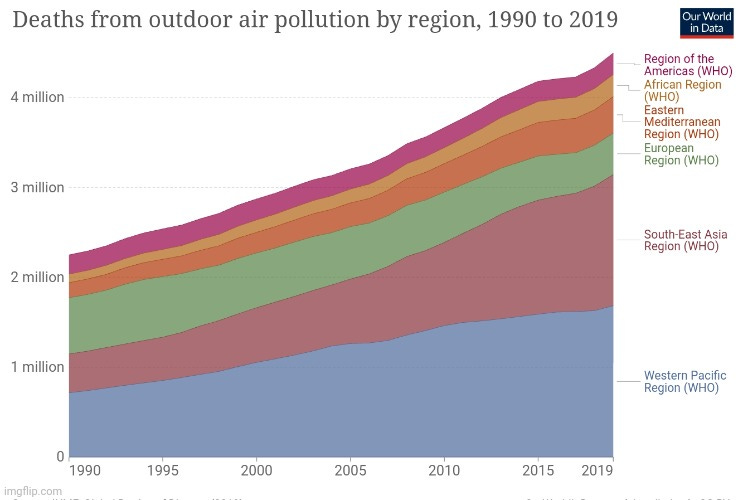

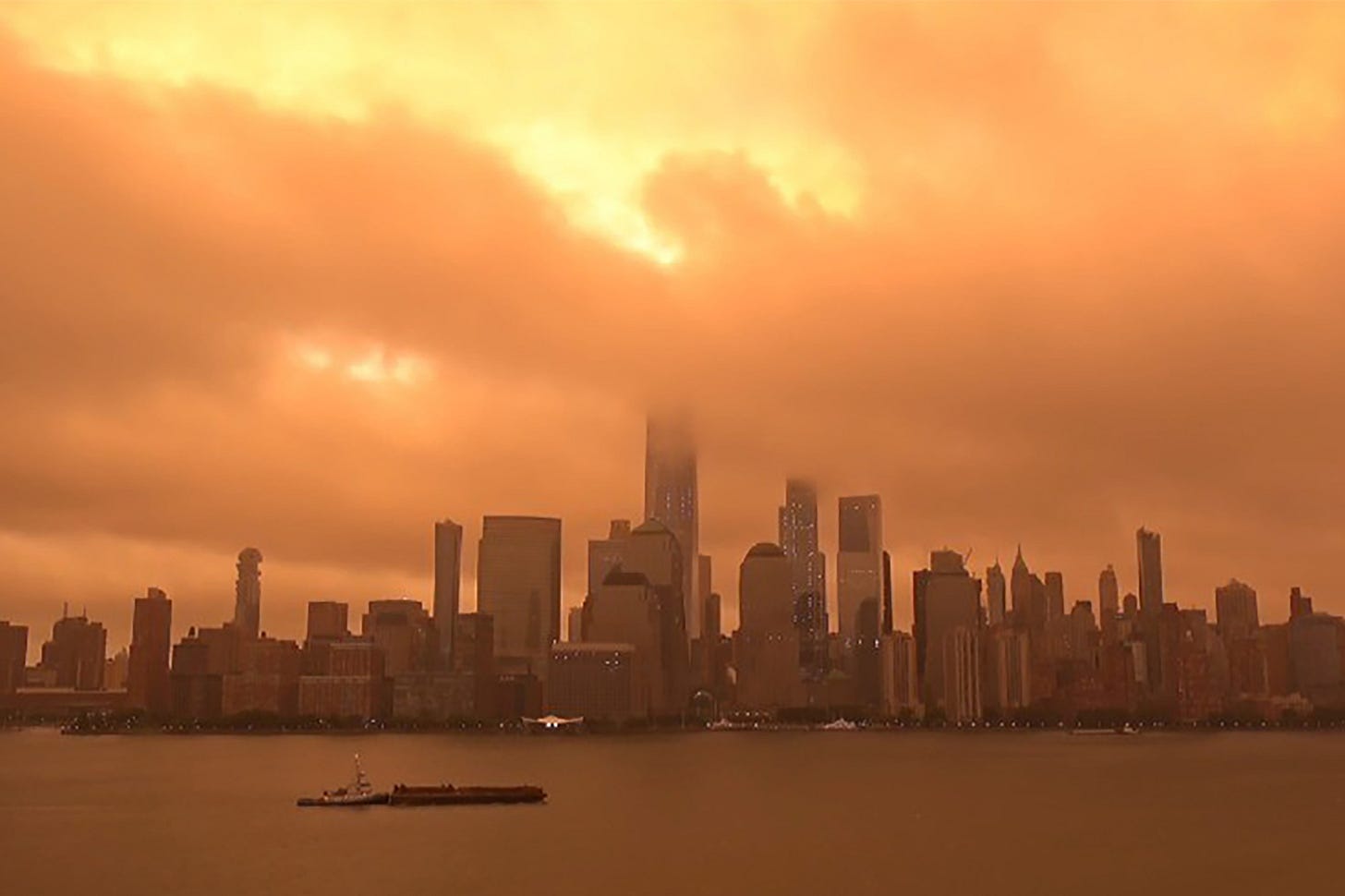
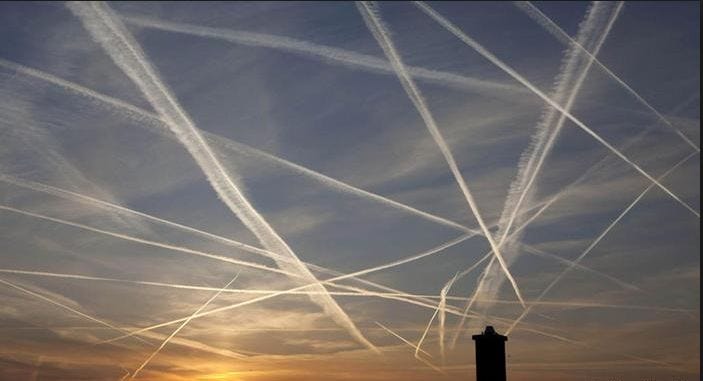
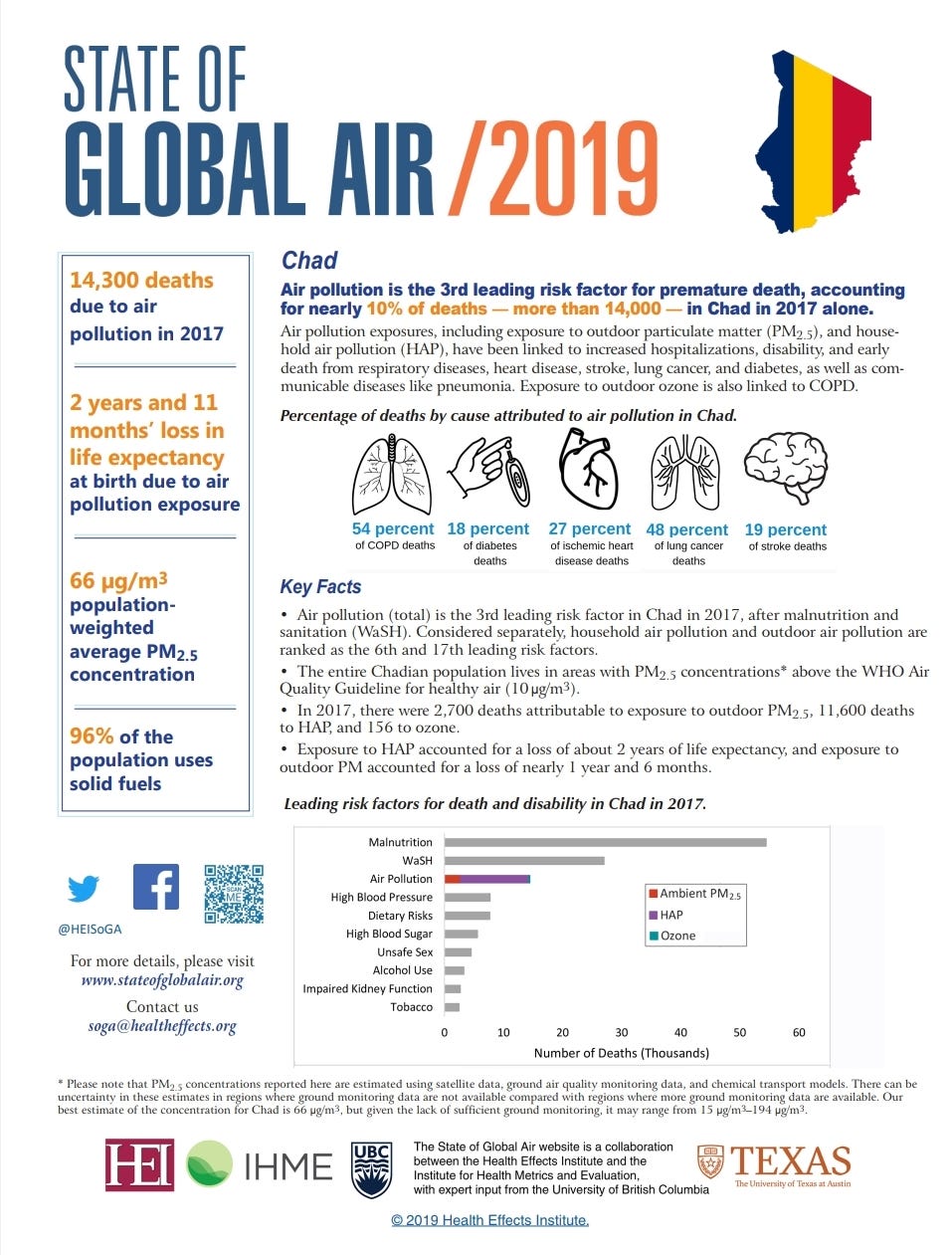
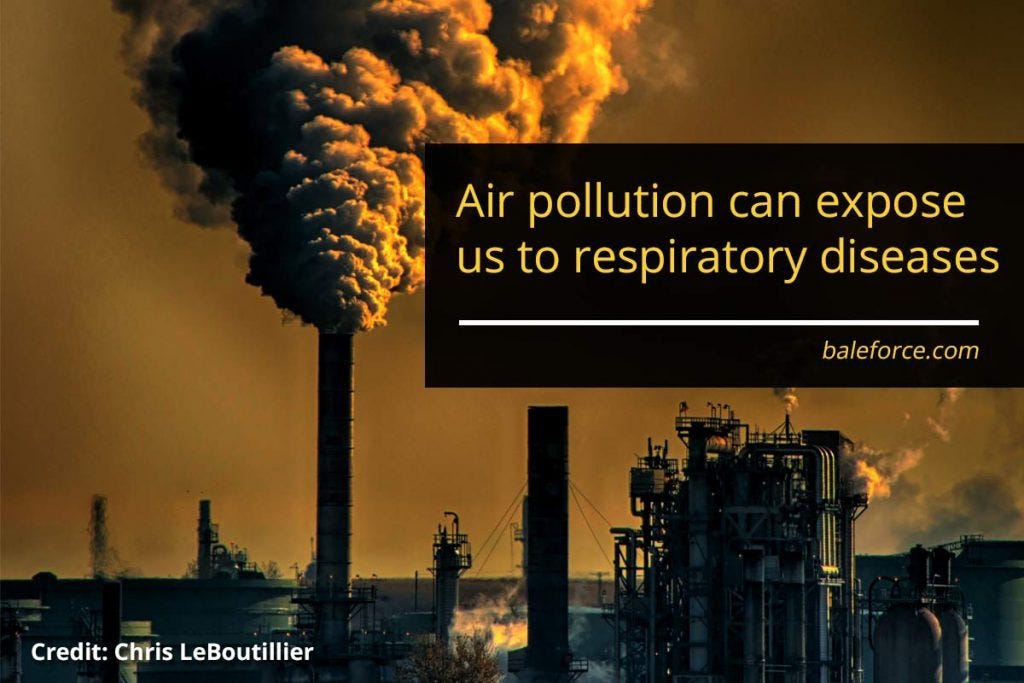
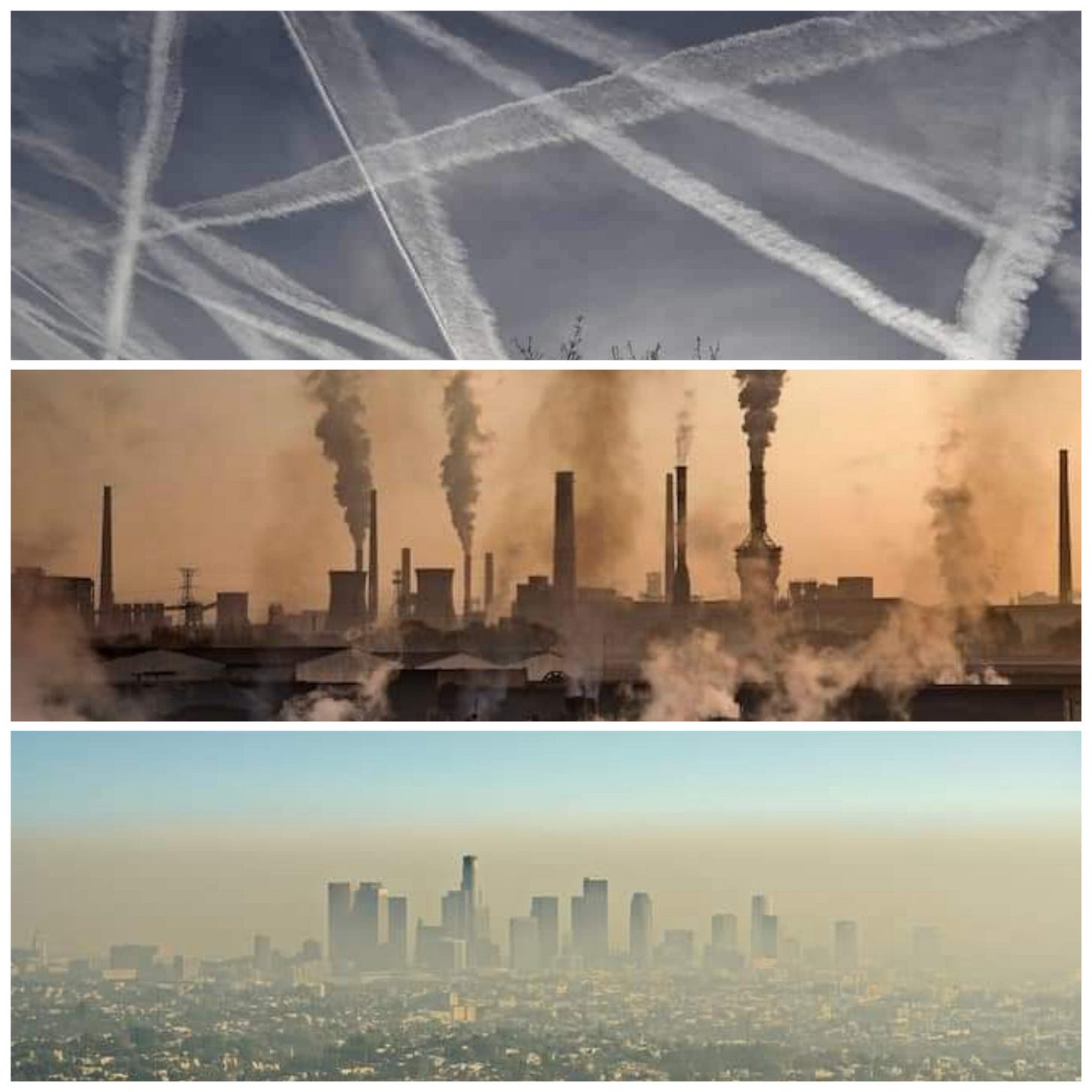





Great article, Mike. The scammer criminals in the medical/pharma cartel and mass media attribute literally everything plaguing society to a fucking virus, when such things have never been empirically proven to exist, nor will they. The 2050 date scenario for a world wide drought apocalypse is laughable. Because of the climate engineering monsters and a host of other anthropogenic reasons. the house of cards will collapse well before that resulting in millions if not billions of horrendous deaths. Welcome to Hell. The devils are truly here.
Good stuff. Seems like the answers are contained within each narrative. For example the smallpox narrative is that primitive indigenous people didn't have any and then the euros arrive bringing disease and wipe them out. Well if this is true then why didn't the indigenous have "smallpox" in their societies?
Likewise climate change narrative is that human actions are changing the climate accidentally. Well if we are doing it accidentally why wouldn't the powers that be do it on purpose? What could be a better war weapon than fire, drought, famine, flood?